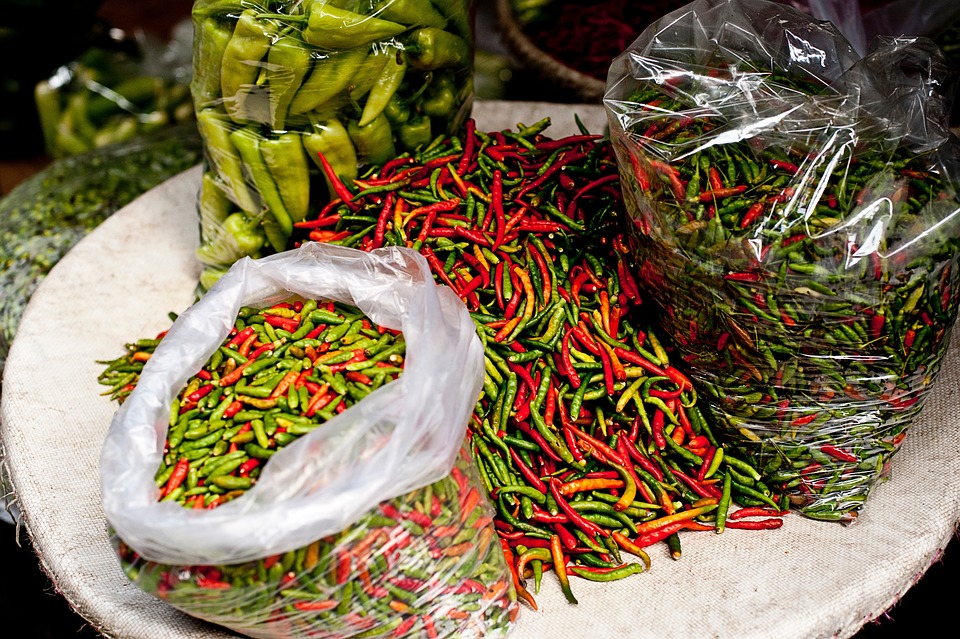# Back to Basics: Traditional Techniques Enhancing Sustainable Farming Practices
When the morning sun peeks over the horizon, warming the dewy earth, there’s a certain magic that happens in that quiet hour. The distant call of a rooster mingles with the rustling leaves, beckoning a day filled with vibrant life. It’s here that the beauty of traditional farming techniques reveals itself, harmonizing with nature in ways that modern practices often overlook. Growing up, afternoons were spent with a grandparent in their thriving garden, where each pocket of soil revealed hidden treasures nurtured by age-old wisdom. Embracing these traditional methods has opened up a world where sustainability reigns supreme, offering insights that elevate gardening and farming practices to new heights.
## The Return to Our Roots
In a world racing towards technology and quick fixes, there’s an undeniable charm in returning to our agricultural roots. Traditional farming practices aren’t just nostalgic; they are rich with time-tested methods that promote biodiversity, boost soil health, and conserve resources. By harnessing the wisdom of generations past, we can cultivate sustainable farming practices that truly nurture the Earth.
### The Roots of Sustainable Practices
1. **Crop Rotation**: Movement, not stagnation, is the hallmark of vibrant ecosystems. Crop rotation encourages biodiversity, prevents soil depletion, and disrupts pest cycles. Simply put, switching crops seasonally can fortify your soil, providing nutrients and reducing the need for chemical fertilization.
2. **Companion Planting**: This age-old practice makes use of nature’s relationships. Certain plants thrive when grown together—a little scientific matchmaking if you will! For instance, pairing tomatoes with basil can enhance flavor, while planting marigolds with your vegetables can deter pests naturally.
3. **Mulching**: The art of mulching isn’t just about tidiness; it’s a sustainable practice we’ve inherited from ancient cultures. Organic mulch, like straw or wood chips, retains moisture, regulates soil temperature, and suppresses weeds, all while slowly enriching the soil as it breaks down.
4. **Permaculture Principles**: Drawing inspiration from nature’s ecosystems, permaculture is about creating a sustainable agricultural environment. This includes designing your garden layout to maximize yields, such as planting perennials that provide harvest year after year with minimal upkeep.
5. **Natural Pest Management**: Instead of reaching for chemical sprays, embrace nature’s own pest controllers. Birds, beneficial insects like ladybugs, and the diverse ecosystem within your garden create a balance where pests are kept in check, fostering a healthier growing environment.
### Our Sustainable Future
Transitioning to sustainable practices isn’t a mere trend; it’s a commitment to the future of our planet. By incorporating traditional techniques, we cultivate a golden opportunity to reconnect with our food sources while nourishing the earth.
#### Pro Tip Corner: Elevating Your Sustainable Farming
1. **Start Small with Crop Rotation**: If you’re new to farming or gardening, begin with a few key crops. Identify which plants would benefit from rotation in your garden and keep notes on which combinations yield the best results.
2. **Experiment with Companion Planting**: Set up synergistic pairings in a small section of your garden. Observe and record how they perform together, helping you to identify the most harmonious combinations for future planting.
3. **Create Microclimates**: Use natural barriers, like hedges or rows of taller plants, to create different zones within your garden. This can enhance the growing conditions for more delicate plants that need extra shade or humidity.
4. **Utilize Local Resources**: Engage with gardening clubs or co-ops in your area to learn from local traditional practices that work in your specific climate and soil type.
5. **Keep It Organic**: Transitioning to organic materials doesn’t have to happen overnight. Gradually replace synthetic fertilizers and pesticides with organic and natural options as you learn their unique properties and benefits.
### Embracing Holistic Resource Management
Utilizing traditional techniques can lead to ingenious methods of resource management. Holistic farming is about embracing the complexities of ecosystems and working within their realms.
– **Water Management**: Implement rainwater harvesting systems to collect runoff from rooftops. This simple technique can provide free irrigation, reduce water costs, and promote water conservation.
– **Soil Health**: Adopt practices like no-till farming to maintain soil structure and biodiversity. Minimal disturbance helps preserve earthworms and other beneficial organisms within the soil.
### Celebrating Biodiverse Spaces
With the rise of monoculture systems, the beauty of biodiversity is often lost. But celebrating diverse planting can lead to flourishing ecosystems, vital for food security and resilience.
– **Seed Saving**: From seasonal favorites to ancient heirloom varieties, saving seeds not only preserves genetic diversity but ensures you’ll have access to your favorite plants season after season.
– **Agroforestry**: Integrating trees and shrubs into your farming operations creates harmonious ecosystems that can provide fruit, nuts, and firewood while protecting soil and water quality.
### The Community Cultivation
One of the most beautiful aspects of traditional farming techniques is the spirit of community they inspire. Bringing neighbors together to share knowledge, seeds, or harvests not only strengthens communal bonds but fosters an environment where sustainable practices thrive through collective effort.
– **Community Gardens**: These can be a fantastic way to kickstart sustainable practices within urban areas, bringing together residents to grow food, share resources, and learn from one another.
– **Workshops and Demonstrations**: Hosting or attending workshops can strengthen your skills in traditional techniques while building a community of sustainably-minded individuals.
### Conclusion: Dancing with Nature
As we navigate the modern world, an undeniable rhythm resonates when we return to the basics of traditional farming techniques. It’s a dance with nature, where we honor the past while nurturing our future. By integrating these sustainable practices into our farms and gardens, we not only cultivate bounty but also preserve the very essence of our planet.
So, whether you’re growing tomatoes in your backyard or cultivating a larger plot of land, remember: the seeds of change begin with you. Embrace the wisdom that has been passed down through generations and reconnect with the land in a way that enriches not just your life, but the world at large. Get out there and sow the seeds of sustainability! Happy gardening!



